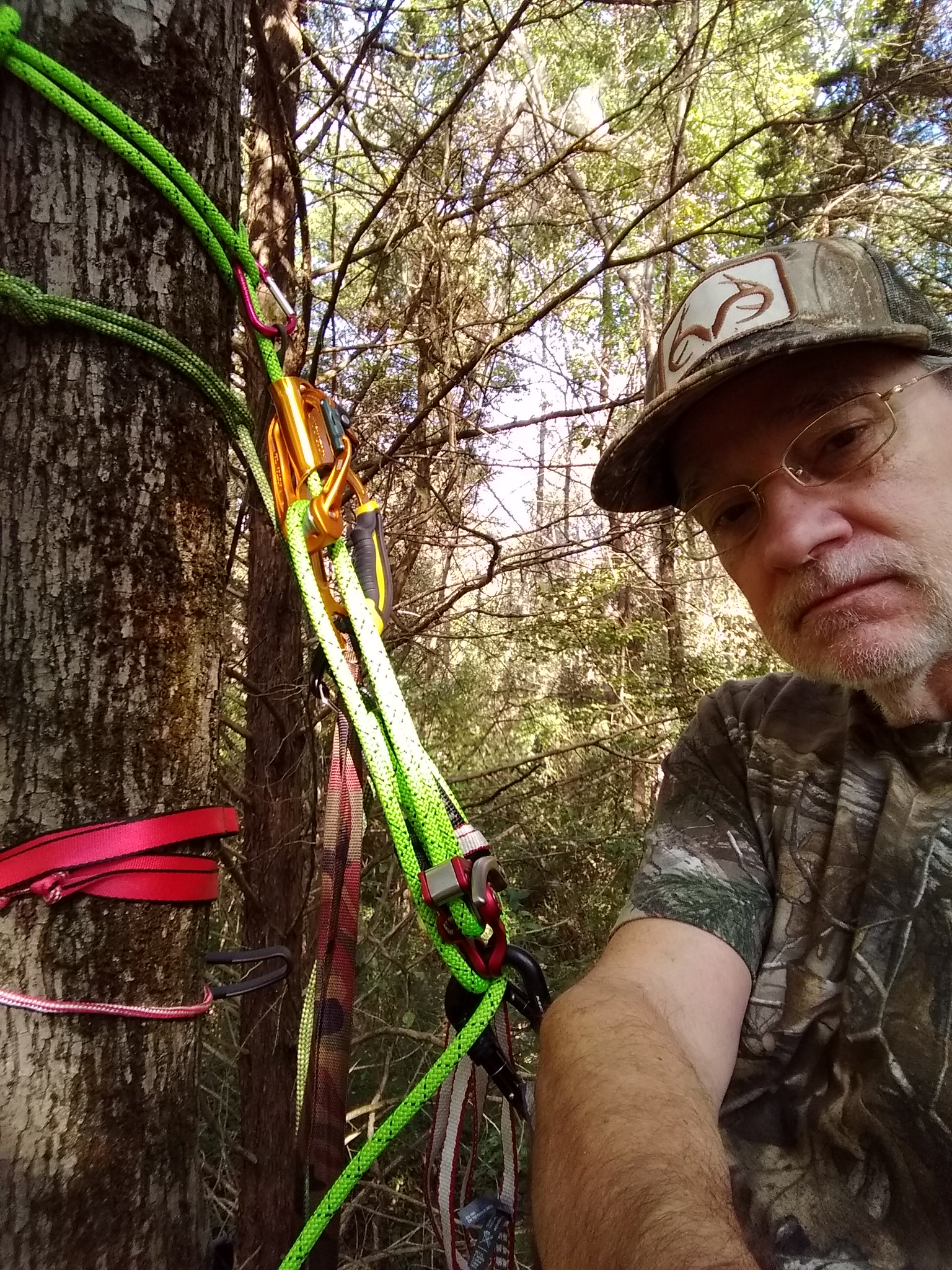Murphy has thoroughly tested these devices (ascenders and descenders) in the rock climbing world and they are as bulletproof as can be. That is why I recommend them. Go to arborist sites and see what comments professional tree climbers make about friction hitches. When I did I was surprised how widely they vary in performance from slipping to completely locking getting you stuck halfway up the rope.Professionals can deal with these problems while I think newbies could not. I was stuck up a tree a few times with friction hitches and with an ATC in guide mode. I figured out how to get down but gave up on them for that reason.
Different perspectives and differences in opinion no doubt but I guess that’s healthy to the conversation.
Sent from my iPhone using Tapatalk


